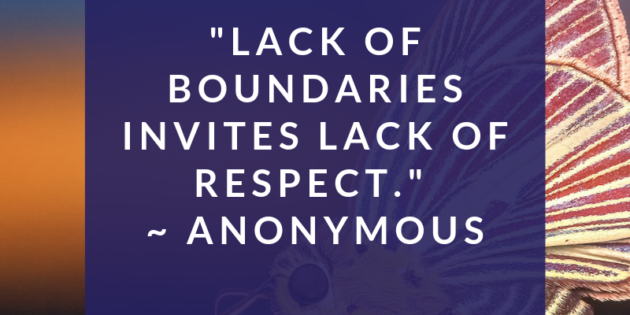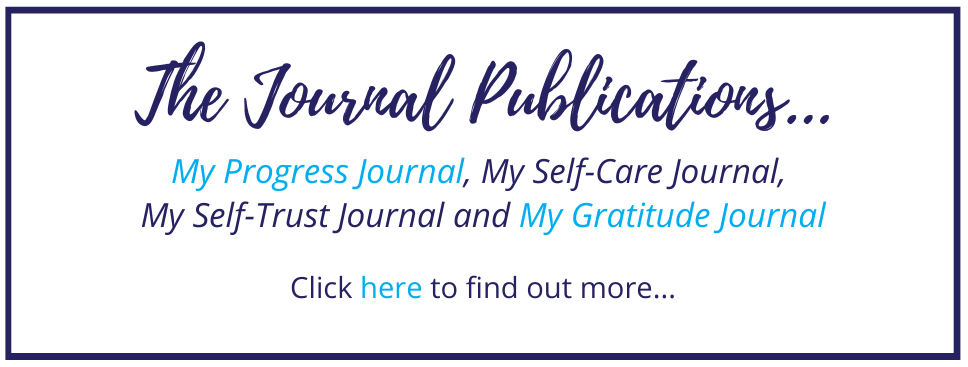Many people come in with issues with boundaries. Boundaries can be healthy or unhealthy. They effect all aspects of our lives and can determine how other people treat us.
The Ten Laws of Boundaries
Following are the Ten Laws of Boundaries according to Dr. Henry Cloud & Dr. John Townsend in their book Boundaries: When to Say Yes, How to Say No to Take Control of Your Life.
1. The Law of Sowing and Reaping –
This law of cause and effect is a basic law of life. As Stephen Covey has been quoted as saying – “While we are free to choose our actions, we are not free to choose the consequences of our actions.”
2. The Law of Responsibility
People react in various ways to taking responsibility for their own lives. You are responsible for yourself and I am responsible for myself. As the authors say –
“We are to love one another, not be one another. I can’t feel your feelings for you. I can’t think for you. I can’t believe for you. I can’t work through your disappointment that limits bring you. In short, I can’t grow for you; only you can. Likewise, you can’t grow for me.” (p.89).
3. The Law of Power
Reflecting on the questions – Am I powerless over my behaviour? If I am, how can I become responsible? What do I have the power to do? can help with this law. As the first few sentences of the Serenity Prayer by Reinhold Niebuhr goes –
“God grant me the serenity
To accept the things I cannot change;
Courage to change the things I can;
And wisdom to know the difference.
4. The Law of Respect
Respecting other people’s choices and freedom is a gift. As the Cloud & Townsend say in Boundaries –
“Our real concerns with others should not be ‘Are they doing what I would do or what I want them to do?’ but “Are they really making a free choice?’ When we accept others’ freedom, we don’t get angry, feel guilty, or withdraw our love when they set boundaries with us. When we accept others’ freedom, we feel better about our own.”
5. The Law of Motivation
What is the true motivation behind setting boundaries? For example, if you are not setting boundaries is it because of guilt, fear of other people’s anger, fear of loneliness, fear of abandonment, you want approval, payback or is there over-identification with a loss? Knowing the motivation behind setting boundaries helps to support and enforce them.
6. The Law of Evaluation
Evaluating the effects of setting boundaries is important as choices have consequences. However, it is important to know the difference between hurtful and helpful when it comes to choices.
7. The Law of Proactivity
Mother Teresa give a great example of the law of proactivity –
“I was once asked why I don’t participate in anti-war demonstrations. I said that I will never do that, but as soon as you have a pro-peace rally, I’ll be there.”
What do you stand for? Do you treat other people with respect, as if they were you? One way of being proactive with boundaries is setting boundaries before interacting with people.
8. The Law of Envy
If we are focusing on what other people have accomplished or have in their life, we are neglecting our own responsibilities. This can leave people with few boundaries feeling empty and unfulfilled. Taking action is the only way out of the envy cycle. Michel de Montaigne said –
“I do not care so much what I am to others as I care what I am to myself.”
9. The Law of Activity
Many times boundary challenges exist because we lack initiative. Developing assertiveness and taking action supports us in creating clear boundaries with courage.
10. The Law of Exposure
For boundaries to be effective, they need to be made visible and communicated clearly in relationships. A real and healthy relationship means I am clear and in the light with my boundaries and other aspects of myself that are sometimes difficult to communicate. As the Cloud & Townsend say in Boundaries
“… the path to real love: Communicate your boundaries openly.” (p.106)
Over to You…
I hope this post has give you some insight in to the Ten Laws of Boundaries. Which law do you have mastered? Are there any that need some work? For me, I continue to work on number 10. Feel free to share them below! Also, if you have any comments, please leave them below or pop over to our Facebook page. If you are ready to start creating boundaries with courage, click here.
If you are ready to reclaim your courage and take the next step towards freedom and opening your heart, why not join our Toolkit?
Reference –
Cloud, H., & Townsend, J. (2017). Boundaries: When to Say Yes, How to Say No to Take Control of Your Life. Michigan, USA: Zondervan.

















1 Comment
Dwuane Broussard-Booker
June 13, 2022This site has given a lot of emotional clarity.
Leave A Response